Can we finally lay Diana to rest?
A new book, her frocks and court shoes up for auction ... surely it’s time we stopped picking over the bones of a calculating, insubstantial woman.
I confess: for a long time I was enthralled by every mention of her. By her every fashion choice. By her every batted eye. By every scurrilous morsel of gossip about her.
But what would you expect?
I was 14 when Princess Diana married Charles in 1981 (nearly half a century ago, jeezus!). I’d been raised on the princess myth. It was coming for me too, I was sure of it. So where else could my attention possibly have landed in a world where all we had was antique media – newspapers, magazines and free-to-air television – saturated with Diana images and mythology? (Funny what I found as I wrote this … a video on the AP news archive of the wedding … antique too, positively medieval, a maiden presented for defilement, a comical, fairytale narration … “the world gets its first full glimpse of the fairy-tale princess, demure behind her veil … as bewitching and romantic a bride as ever touched the heart of the world”.)
And I vividly remember where I was in August 1997 – at a friend’s backyard barbecue in Melbourne – when I learned that Diana was dead. (Where were you?) From inside the house, someone shouted out the news; I raced in to the television. I remember my overwhelming sense of disbelief. Surely it could not be true? And I remember where I was the day of her funeral a week later – at a friend’s dinner party (people still did “dinner parties in 1997”), frustrated because I wanted to be glued to the television and other guests were not so interested.
“Children with no hair … [are] especially effective in curating a reputation for compassion,” Diana told Tony Blair. (Pictures: Royal Visit, Edmonton, Alberta, 1983, via Flickr Commons.)
Decades later my interest has waned. I know that fairy-tales aren’t real, princesses’ hearts are almost always broken and that Diana was, by many accounts, vacuous, manipulative and narcissistic. Boundlessly needy, a victim of her difficult childhood. (A prototype almost, for her self-exiled daughter-in-law.)
You’d wonder what was left to write about Diana and yet here I am, triggered to think on her.
On Thursday, a Beverly Hills auction house sold 327 Diana-adjacent items for absurd and inexplicably eye-watering prices. A 1988 silk floral printed day dress designed by Bellville Sassoon which she wore multiple times, estimate USD$200,000-$300,000, went for more than USD$500,000 (what did the buyer want … a whiff of the former Royal Highness’s perspiration?). A pair of 1981 Bruno Magli cream leather court shoes (aka pumps), estimate USD$2,000-$4,000, sold for $16,250. A handwritten condolence letter, in Diana’s loopy writing, sent to Mrs Pendry, a newly widowed former Spencer family housekeeper, estimate USD$4,000-$6,000, fetched USD$5,850.
And now too yet another book about her has arrived – the newly released Dianaworld by the English author Edward White (hitherto known for a biography of Alfred Hitchcock). It is, says The Guardian, a “lively, deeply researched” book:
“White … approaches Diana’s story through the people who saw themselves in her – the doppelgangers, opportunists and superfans who found parallels between the princess’s life of extraordinary privilege and their own. His subjects are the frequently ridiculed devotees who fuel celebrity culture: women rushing for the Diana hairdo; impersonators opening supermarkets; psychics jolted awake the night of the fatal crash. It is, White says, ‘less a biography of Diana, more the story of a cultural obsession’.”
Had she lived, Diana would have turned 64 next Tuesday. Imagine that: Diana at 64, a post-menopausal grandmother, likely once or twice unsuitably remarried, flitting in and out of news stories (increasingly only in the shrinking tabloids, increasingly buried on inside pages with headlines in ever-decreasing point sizes, increasingly in stories speculating about her latest cosmetic surgery or fling with some ageing cad); maybe even feeling herself to be, as women of 64 too often do, increasingly invisible and irrelevant, her age and privilege laid bare. A simultaneous fading of cultural obsession and coy, blushed youthfulness. I can’t imagine Diana would have enjoyed any of that.
But despite her forthcoming birthday, the arrival of Dianaworld and the Beverly Hills auction, it’s unlikely I would have thought Diana or the new book worthy of mention – until Tina Brown stepped into the arena with a review of Dianaworld in The New Statesman. Tina Brown, you may remember, is the author of the 2007 The Diana Chronicles. I didn’t read it but Brown is brilliant (regular readers will know I link to her writing here frequently) so I imagine her princess book is equally so. (According to The Sunday Times, The Diana Chronicles is “the book” on Diana: “Not only does it put the story of Diana in its proper historical context of British politics, journalism and the changing mores of the past quarter century, but it is also a perfect example of the nosy-parker’s art.”)
But Brown’s ego, which is as big as her brilliance, is surely what prompted her to offer a take last week on Edward White’s Dianaworld. An unusual, even ungenerous decision I would suggest. Brown is not someone who needs to be looking over her shoulder. But, as ever, I am in awe of her use of the language:
“There are times when [White’s] resourceful use of contemporary Everyman diaries and interviews with insightful nobodies provides valuable historical insights, and others when it’s a bit like reading a profile of Lawrence of Arabia from the point of view of the sand. Only occasionally does the real Diana, the practised superstar I lunched with in New York six weeks before she died, break out of the suffocation of mass perceptions and cultural analysis.”
We have here – what? – a patronising, superior tone, a shortfall in graciousness, a reminder (again) that Brown is on lunching terms with the great and the good, indeed is one of them, and the recipient of their confidences. Over lunch, Brown says, the princess told her that “she felt she could be “an enormous help” in bringing peace to Northern Ireland”. But then, a small acknowledgement of White’s work: he has, Brown says, unearthed a “valuable historical insight”, a “killingly self-revealing story” of which she was not aware. It is this:
“According to Alastair Campbell, in 1995 Diana advised an as-yet unelected Tony Blair ‘to touch people in pictures’ and be sure to be photographed with ‘down and outs’. ‘Children with no hair’, she told Blair coolly, ‘were especially effective in curating a reputation for compassion’.”
It leaves a chill, it does, to see the calculation of the woman. (Never trust a charmer, although of course I’d say that now.) Just do an image search on “diana” and “hospital” and see all the photographs … Diana’s luscious-tanned-toned legs stretching for miles towards a camera as she smiles down on a stricken cancer child; Diana, hand tucked to chin, doe eyes and dripping concern, beside an unconscious injured man; Diana in a sassy red suit sitting next to an AIDS patient. It’s clear where she wanted the attention to be and it wasn’t on the patients. Studying the photos afresh, the term “bedside manner” takes on a whole new meaning. (As with the pic above, in which she is almost brazen in her bid to seduce the photographers to look at her and away from Charles.)
The Guardian review of White’s book says Diana offered “a new way for British people to imagine the place of emotion in public life”. White’s own assessment feels more on the money to me: one of Diana’s greatest gifts, he says, was “creating an atmosphere of intimacy where none existed”. But Tina Brown puts in the last word: “And yet her personification of a kinder, more caring world blazes still.”
Blazes still? It’s difficult to see how. We live in a harder, less caring world than ever before. The kingdom over which Diana was to reign is fragmented, disillusioned and economically battered. The Planet’s en-masse, all-ages parasocial relationship with her is over. For an increasing proportion of the population, she’s not even a memory, just a vague historical figure with a fashion connection. It’s hard to see how books about her will continue to sell or that people will go on spending ridiculous amounts on Diana’s old clothes.
I ring my 14-year-old niece, Matilda. She’s standing at a bus stop with a friend after school. I ask her what she can tell me about Princess Diana. “Not a lot actually,” Matilda says. “All I know is she died in a car crash … I know she’s like blonde-ish, very pretty, she would wear pearls all the time.” Matilda can’t tell me what court shoes are. She knows who Princess Kate is but doesn’t seem especially interested in her. I text my 19-year-old niece, Marni. She knows somewhat more. “She was considered the people’s princess,” she says. “The Lady Dior bag is named after her.” For both nieces, Diana is history not memory.
Could it happen again? Could there be another Diana? I think not. Our attentions are too scattered, our sources of information too fragmented. The united global gaze is gone; as is the case for the antique media, so too is the audience. Even Kate, for all the attention she garners, is no Diana. I can’t see any evidence that 14-year-old girls are enraptured by her.
And that “people’s princess” tag? It feels as anachronistic as the institution itself, a relic from a time when we were more easily conned. Time to lay a myth and a calculating, insubstantial woman to rest.
Incidentally…
A public service announcement … I asked my niece Matilda another question … I think it’s important I share her answer with you:
I did not know of the slightly bilious moon face. 🌝 I will, henceforth, use it at every opportunity. But, as I told Matilda: “You know that the moment you tell an old person what’s cool, it’s not cool anymore …”
Let’s catch up
So, I’ve been talking about this forever and my apologies it has taken me so long to start nailing it down but I’m finally gearing up for my first paid-subscriber-only Zoom group chat! (I’m hoping my second will follow quick on its heels!)
I asked a while back who you would be interested in having in the chat as a guest speaker and, while you expressed great interest in hearing from a neurology professor I’ve previously interviewed who believes in the importance of life-long learning to keep our ageing brains in shape or from a literary agent and publishing industry insider to talk about how books go from idea to publication, I’m almost embarrassed to reveal that the greatest interest was in hearing from, um, just me with my rambling thoughts on all sorts of subjects. Maybe you were all just being nice, but, at least for our first group chat, I’ve decided you’re stuck with me!
So, to settle on a date that suits a good number of people, could I ask you to indicate your date preference below? I would adore to meet as many of you as possible, even if it’s via a screen!
Once I’ve seen where the votes fall I’ll give a bit more thought to the format of the chat (and nut out the tech details!). I’m thinking it should go for 45-60 minutes. And I figure it might not be a bad idea to at least have a theme or subject so we have something concrete to start with, even if the conversation roams. I’m preoccupied right now with the effect of AI on creativity, writing, journalism, even human relevance, so that could be one, but I’m open to your suggestions. Perhaps leave them in the comments or email me at sw@stephaniewood.com.au … merci!
🎵 Mood
“An enchanting, orchestral folk song … [she] sings in a calm lilt, amid a lush, swirling atmosphere,” says The New York Times of musician Anna Beckerman’s track Kermit & Gyro. Beckerman (aka Daneshevskaya) sings of the aftermath of a breakup: “Like a tree frog, I’ve begun to change colour … I’m a different kind of reptile now.” (Her Scrooge and Ocean Breeze are gorgeous tunes too.)
Wild thing
On Wednesday, the prolific Polish-born painter Tamara de Lempicka’s 1927 La Belle Rafaëla sold in London for £7.47 million (AUD$14.25 million). A big number, even for an artist who was born into some wealth and privilege. I hope a museum bought the painting, although, sadly, probably not. In any case, I love this short clip (3:14 minutes) from auction house Sotheby’s about Lempicka, who lived in Paris during the Roaring Twenties, and “the nude that defined Art Deco”. The painting is, says Sotheby’s, “arguably one of the masterpieces of the 20th century in terms of a painting by a woman of a woman”. The female gaze: Rafaëla was Lempicka’s muse and lover. “It’s incredibly erotic. The body has power and strength and sensuality and, above all what comes across is [the sense of Lempicka] carving her own way, her freedom, her unabashed, openness with her sexuality … ”.
Reading
1.
God knows how but I stumbled on this piece, “Meditations for phone addicts”, on the Substack “Dostoevsky’s Blog”. Immediately I thought it was a profound and vital piece of writing that I had to share with you – six meditations on “our peculiar condition”, our connection with our phones which we reach for “not merely out of habit but out of existential dread”.
The piece observes: “[It is not communication; it is the pantomime of communication, the illusion of connection.” AND “You do not need to see one more headline about political decay. You do not need to know immediately that a billionaire has once again purchased something they should not have.” AND “A dot on the email app. A dot on the messages. A dot on the social media accounts you forgot you had. Each one a tiny, trembling demand: Something has happened. Something requires your attention. You must clear me, or else you will never be free.”
I had to share it with you, I thought, profound and essential.
Can you imagine how much more profoundly disturbed I was (and you are likely to be) to read on Dostoevsky’s Blog “About” page in which it reveals that its text “emerges from a curious union between human thought and artificial intelligence. As part of an ongoing experiment to investigate the essence of Dostoevsky’s literary style, AI, trained to think, respond, and write in ways inspired by Dostoevsky’s works, contributes to these writings.”
We are SO profoundly fucked.
2.
I’ve been a David Sedaris fangirl forever but my fangirl heart is breaking, my one-sided love affair with the American humorist is about as iced over as a Canberra windscreen at 6am this morning. Please, if you’ve had similar previous fan-ish feelings, do share what you think now: of late, he seems to have become petulant and peevish and self-obsessed. Exhibit A, B and C: his latest New Yorker essay, “Your hip surgery, my headache”. If you have access to the piece, can penetrate the paywall, please let me know what you think … I’m not so interested in reading him anymore. Ego, much.
3.
Plus, in The New Statesman, Ami Dror, a former bodyguard to multiple Israeli prime ministers, shares his insights on Prime Minister Netanyahu. So much insight seems to be in these comments:
“… the greatest pressure on Netanyahu came from his father, Benzion. A historian and a failed political player, the Benzion I saw was a wise old man who treated his son with enormous indifference. Even when Netanyahu became prime minister, Benzion made it clear he disapproved of almost everything about him. The son believed that the father, who had failed to keep several academic jobs in Israeli universities, had been failed by the country. Over time, I began to see this as the core of Netanyahu’s psychology, the reason why he began to attack elites and the media and the courts, the shame and insecurity and pessimism of the father handed down to the son like an heirloom.”
4.
I don’t always love Nick Cave’s Red Hand Files, but his most recent one, so eloquent about death and loss and how he channels those devastating emotions to inspire his performances:
“I sit in silence, with my eyes closed, for about fifteen minutes. During this time I bring to mind those dear to me who have passed away, focusing on each person individually, and silently solicit their presence. For someone of my age this is a fairly substantial task. I assign specific qualities or powers to them that reflect their personalities, and I call upon those qualities.”
5.
Finally, the “ick factor”. In The New York Times, why sudden feelings of disgust can doom a relationship:
“Jennifer M. of Syracuse, N.Y., who asked that we only use her last initial, was shocked when an otherwise-promising date kept wiping his tongue on his napkin while eating.”
I have my own “ick factor” triggers. I’m sure you do too. Let me know what they are and I will do a most excellent job of melding mine with yours so mine and yours are completely unidentifiable and anonymous and are able to be shared in this space publicly … think of it as an “ick” collective.
Health
In the context of a broader conversation related to a big feature article I’m working on (more to come on it in newsletters ahead), a 60-plus friend messaged me this week about a program she has been doing which includes strength/weight-training to address her bone-density issues.
and …
FYI, my friend has been doing the program twice a week since April; each 45-minute session costs her $38 and her private health extras cover gives her a little bit back.
Food
The sort of care and precision you’ll see in the video above is the reason that the Korean restaurant Chae (in Cockatoo, the Dandenong Ranges, Victoria) is at the top of my to-visit list. Alas, it seats only six people and only has three weekly sittings; to score one of them you need to enter a lottery. (Lottery entry for seats in September runs from July 7-25, drawn August 4; according to Good Food, last year, 7618 people entered the lottery for under 600 potential dining slots, with some of them entering more than 100 times.)
In April, Melbourne Age/Good Food food critic Besha Rodell gave Chae 17/20, saying, “Very few dining experiences in the world feel this personal, or engender the kind of quiet reflection that Chae does.” A month later in the Los Angeles Times, food writer Bill Addison said: “How rich to have a meal, on the opposite side of the world, that expressed another side of the culinary Korean diaspora unlike anything I’ve experienced.”
Chef Jung Eun Chae makes her own sauces and ferments including soy sauce and persimmon vinegar and grows many of her own ingredients. Her dishes might include pan-fried cod in soy sauce, garnished with perilla leaves, or jeongol, a beef, mushroom, tofu and kimchi stew. (Her Instagram account often features insights into her ingredients, preparation and recipes.)
I’ve made a note in my diary of when the next lottery opens! In the meantime, in the next few weeks, I’ll try to pull together for you a bunch of thoughts and links to stuff about Korean food I’ve been stockpiling: I was lucky enough to visit Seoul a few years ago and I reckon it’s one of the great unsung cuisines of the world.
Sami Tamimi, co-author with Yotam Ottolenghi of Jerusalem and Falastin, this week released a new book, Boustany – A celebration of vegetables from my Palestine. “Boustany” means “my garden” and the book includes more than 100 recipes with a focus on simple vegetable and grain-led dishes. In his introduction to the book, Tamimi remembers the kitchen from his childhood: “the platters of steaming maftoul topped with chunky aubergine, the plump chickpea stew, or the fragrant lentil fatteh, that always tastes better the next day.”
Plus, I loved his recent comment and photographs on Substack notes:
“Palestinian food is not just about flavour; it’s about history, belonging, and homeland. In a context where Palestinian existence is often contested, asserting a distinctly Palestinian cuisine becomes an act of claiming space and identity. Dishes like musakhan, maqloubeh, and ka’ak al-Quds are not only cultural treasures, they are declarations of presence. Saying ‘this is Palestinian’ is a powerful political statement in a world where such claims are often denied or erased.
Palestinian food resistance is the act of asserting that despite erasure, Palestinians exist. They cook and they remember. Every olive picked, every dish named correctly, every story passed on is a quiet yet powerful act of resistance.”
A frustration, can you help: tea. I make a bad cup of tea. Try to do all the right things. Tea leaves. Heat the teapot. One heaped teaspoon per person, one for the pot. Twirl teapot a couple of times. Limited milk in last. But my tea is always meek and wan. Using more leaves never doesn’t seem to make a difference. The type of tea leaves doesn’t seem to make a difference. Using my Great Aunt Amy’s old fine tea cups and saucers doesn’t seem to make a difference. What am I doing wrong? Tips welcome! What tea leaves, what techniques? (NB: my desk, bought secondhand, I think formerly a pencil/pen-vandalised vintage school desk; hmmm, maybe the secret to a good cup of tea is not to drink it at your desk while working?)
Beautiful things
(Via Instagram, from the Iranian photographe Shahab Montazeri.)
(Via Instagram, extraordinary to think that these types of amazing artefacts are still being pulled out of the Thames mud even after centuries of mudlarking!)
Apropos nothing, I adore the covers and illustrations from the weekly French magazine La Vie Parisienne, which was first published in 1863. Considered risqué at the time, it featured works from notable artists and writers including George Barbier, Collette and Georges Léonnec. Plenty more to see here.
Socials: observations/inspirations
(also via Threads; I think that’s probably enough about the repulsive Bezos wedding but if you want more, The Guardian offers “seven takeaways” from the wedding🤷♀️.)
(via Threads – “and Dolly Parton” was someone else’s comment)
(via Bluesky; more here)
Stolen words
“Tidy up your corner of the world the best you can, and maybe someone else will see that and take their own actions, and if enough of us do that, at least some of the world becomes better.”–98-year-old Opal Lee, the “grandmother” of Juneteenth (the annual day commemorating the ending of slavery in the United States) in Texas Monthly.






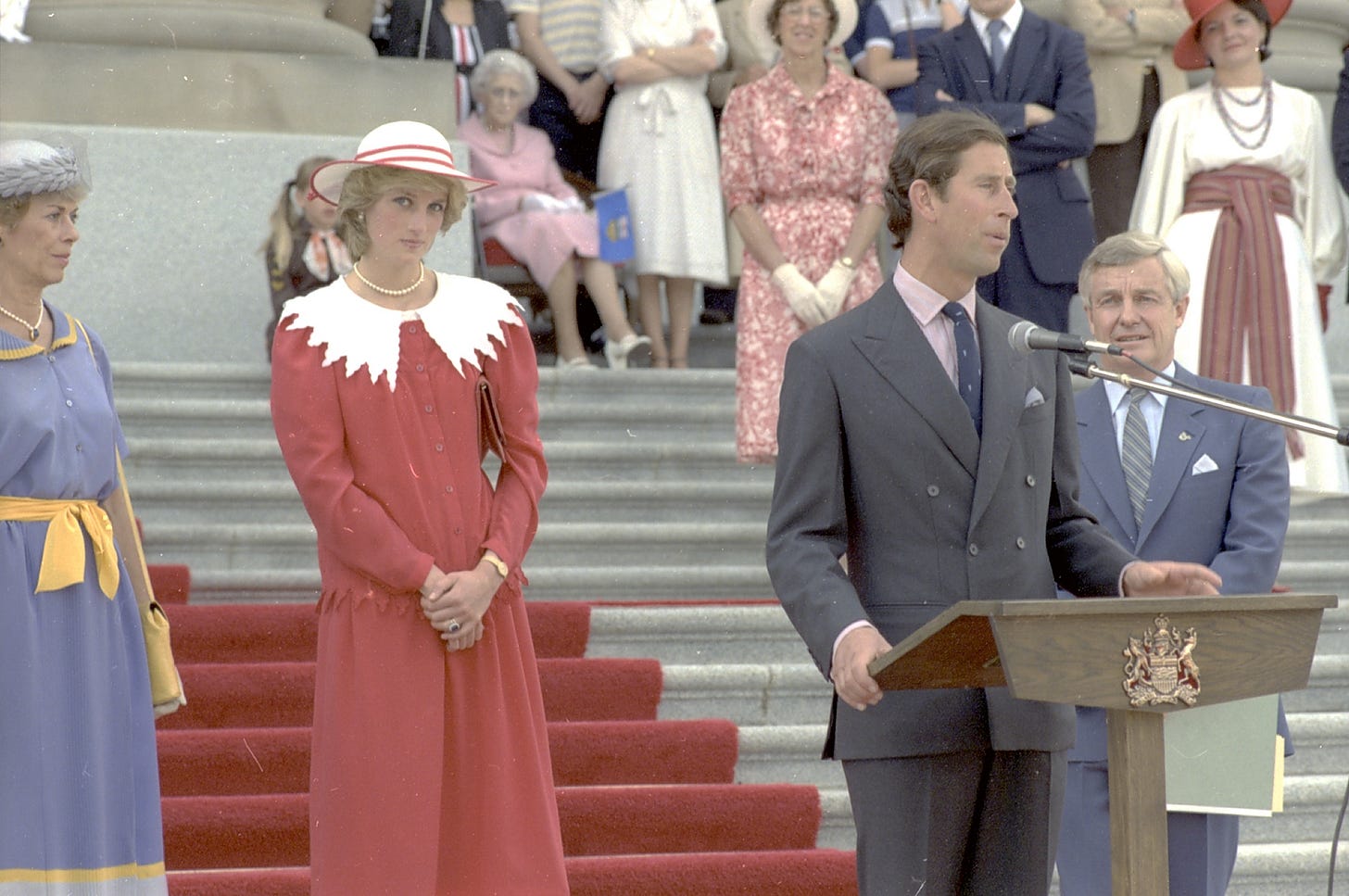

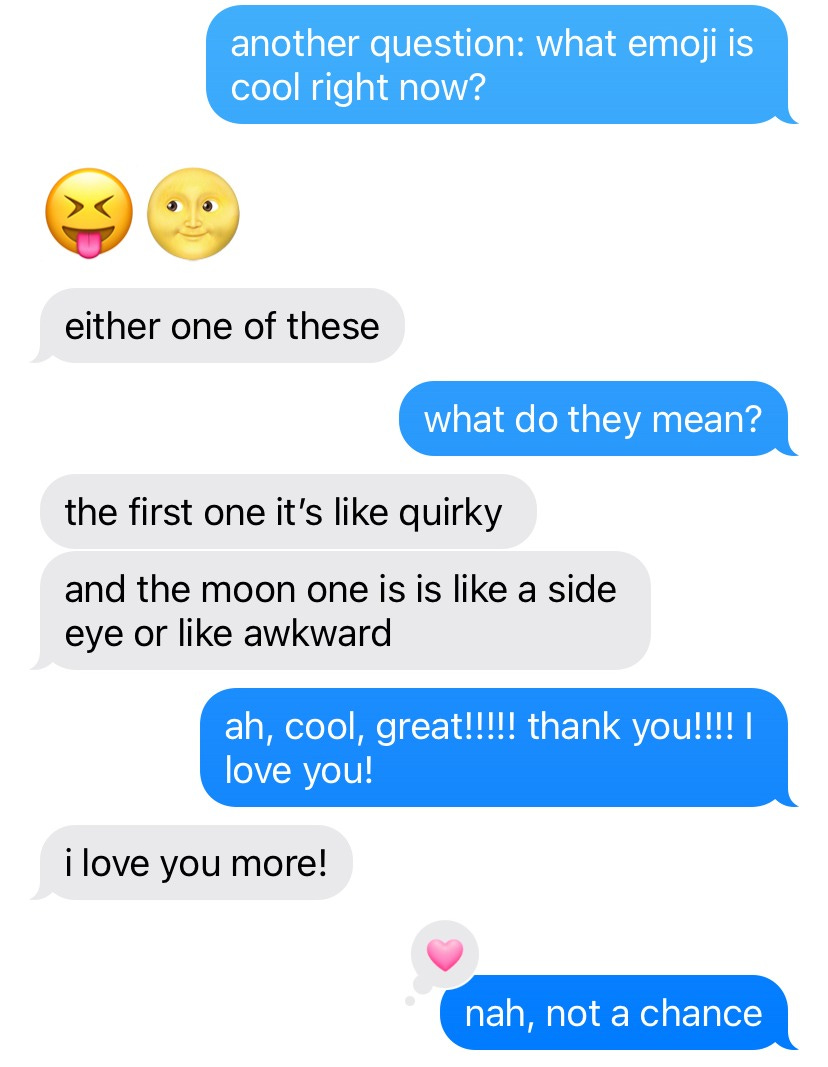







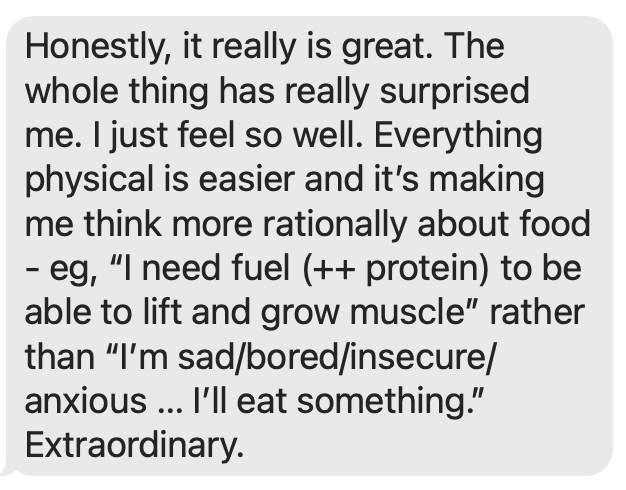





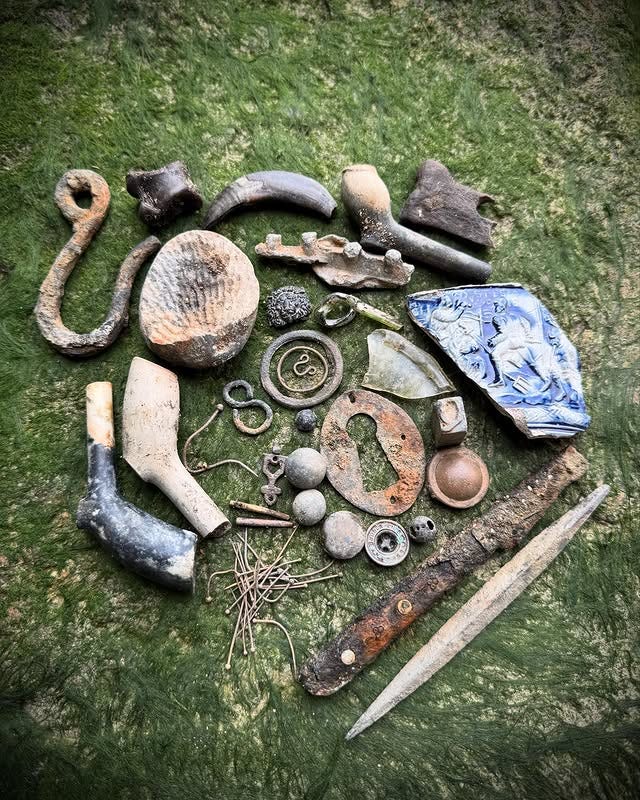
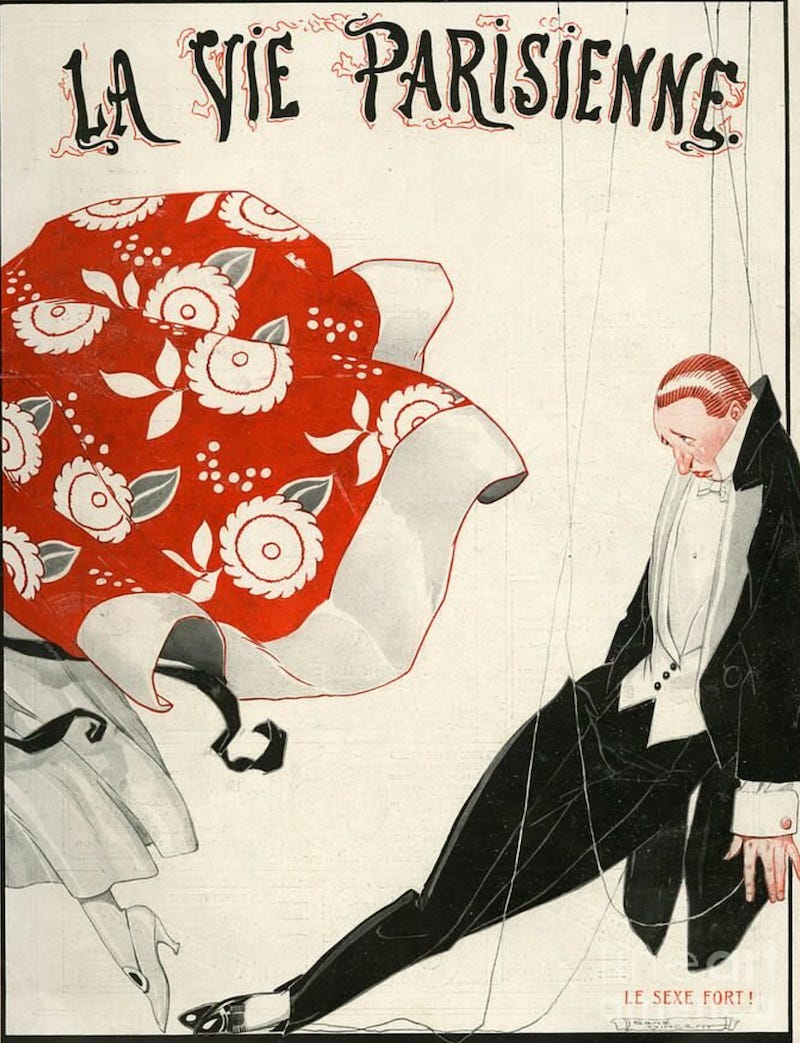

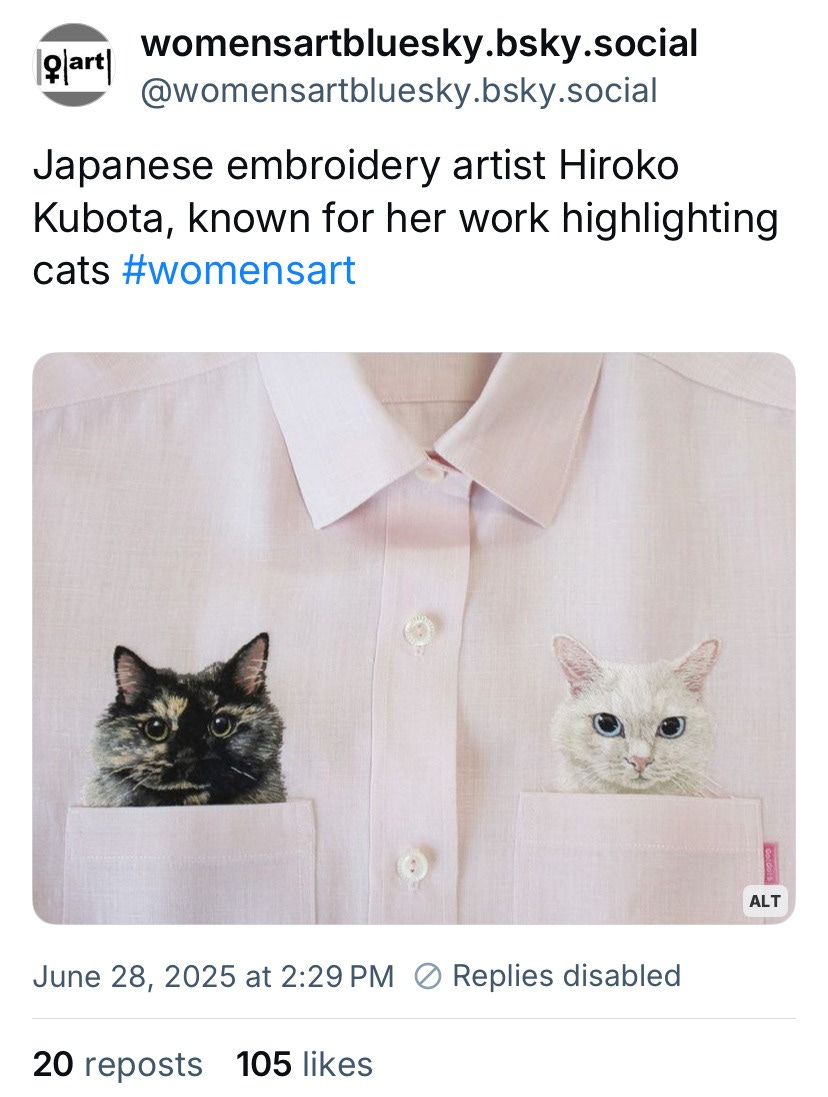
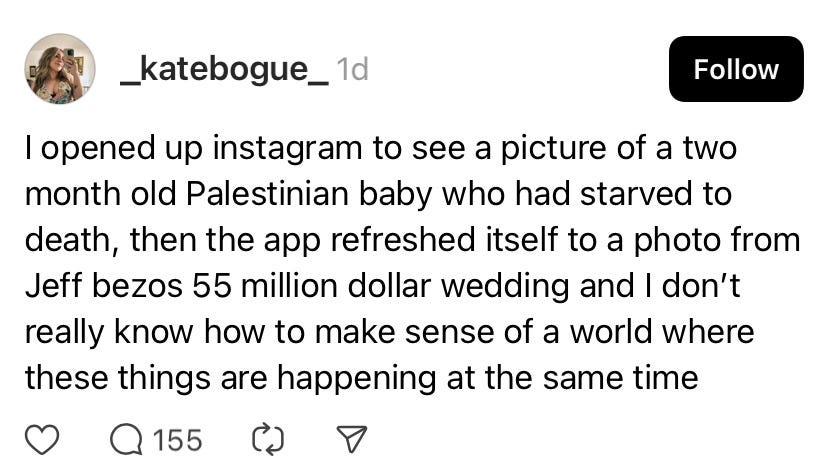


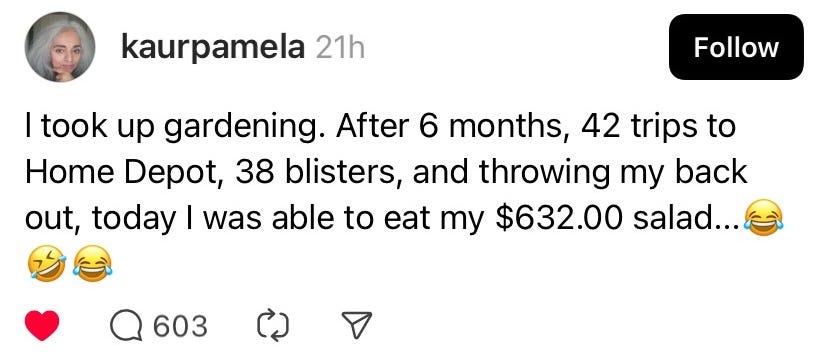
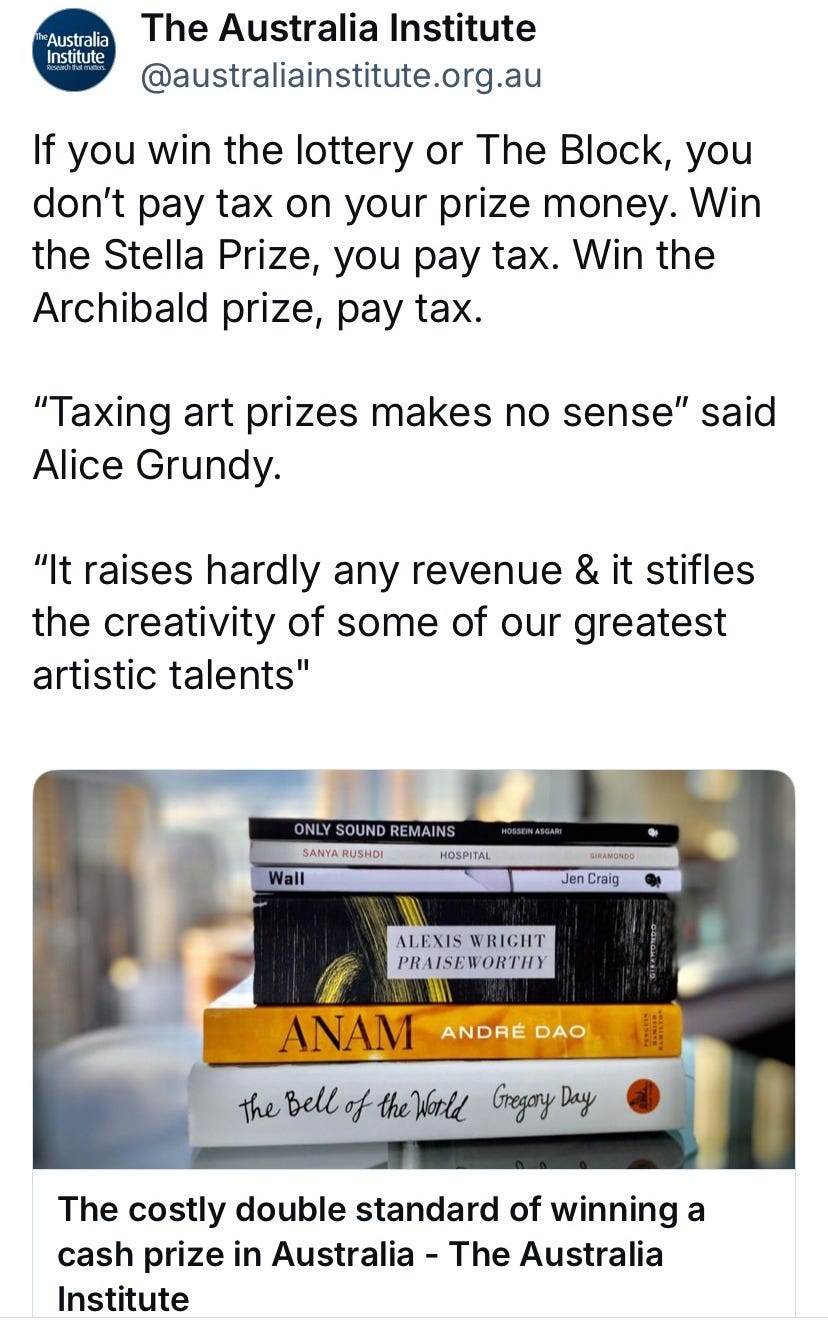

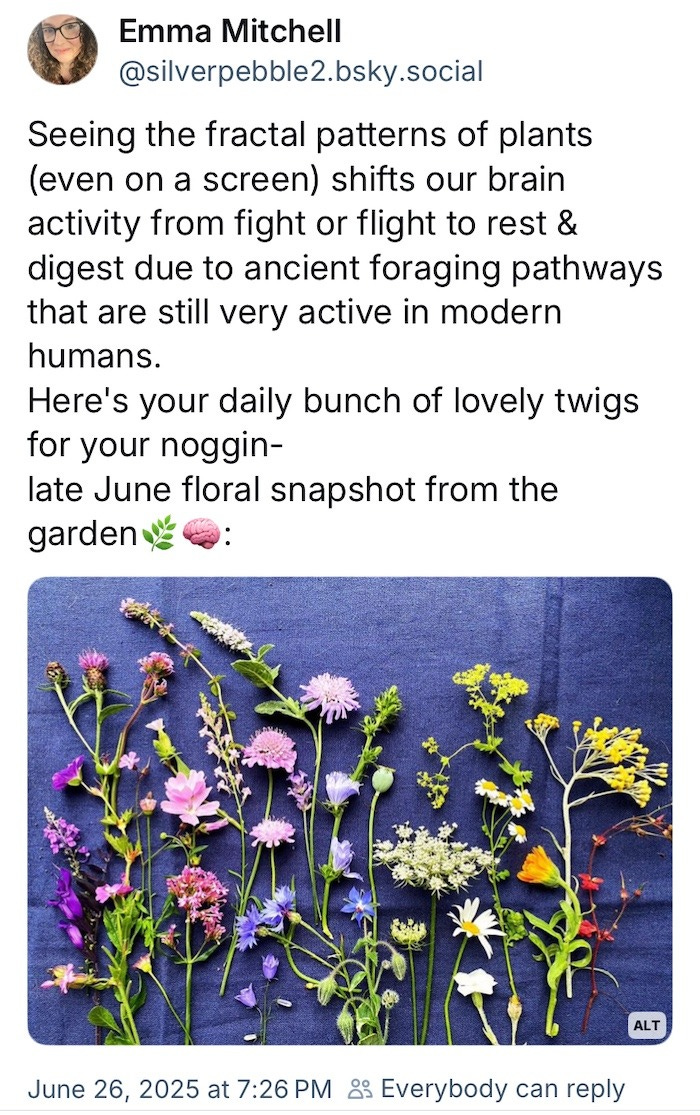



Re the perfect cup of tea…. It can be very personal thing but as a long time tea drinker and devotee (it really does have a magical quality of being calming and stimulating at the same time) I have 4 simple suggestions for a perfect black/EB style tea: 1. Full cream milk and add only after you’ve let the tea steep for only a minute or two. 2. Fresh tap water & freshly boiled kettle 3. Try the organic breakfast tea leaves from Bright Organics online, it’s a beautiful flavour. Or Madura Premium blend tea bags or leaves from the supermarket are a winning substitution. 4. Try a smaller tea pot, only a cup or two size, with 2tsp leaves.
As long as Princes Harry and William and their families make the headlines, Princess Diana will continue to be brought up and
written about I think.
Maybe because Princess Diana was one of a long line of women who was ‘wronged’ because of Charles infidelity and the consequent media circus that continued for years especially when Charles remarried and even to this day. Diana was a concerned mother expressing her love openly to her sons, a humanitarian and fashionista, admitting her mistakes and weaknesses and loves that was quite distinct from most of the Royal Family.